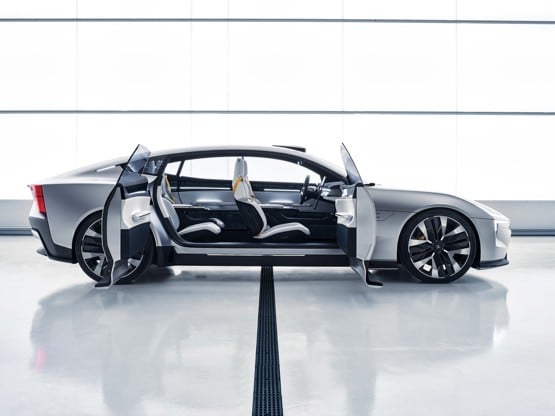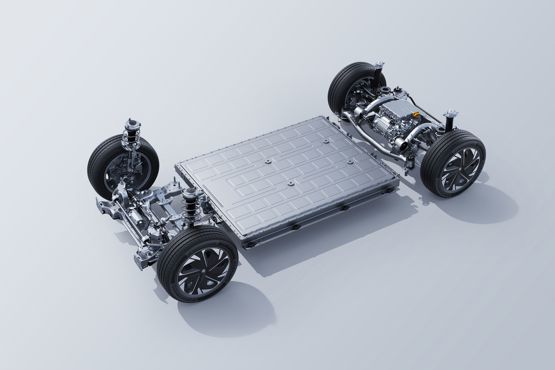Green NCAP has seen new evidence that supports a “steady positive change” in relation to the reducing carbon footprint life cycle of electric vehicles.
The organisation has recently implemented an update of its Life Cycle Assessment (LCA) data and fact sheets.
The update includes increased data coverage of countries, including Norway, and fuel types, such as LPG and E85, as well as more up to date information on battery production, supply of electricity and biofuel mixes.
Green NCAP’s new LCA results have revealed the lowered environmental impacts of electric and plug-in hybrid vehicles over their lifetime, compared to conventional combustion engine vehicles.
This change can be attributed primarily to the decreasing carbon intensity of battery production and the improving expectations for Europe’s future energy mix.
Polestar announced last year it plans to build a car that is truly carbon neutral by the end of the decade.
The Polestar 0 project will eliminate emissions generated during the production of the car, as well as during its use.
The Swedish EV-maker believes the car industry should be a driving force in the shift to sustainable mobility, and that transparency is a key enabler.
Thomas Ingenlath, Polestar chief executive, said last year: “Carmakers need to take full responsibility.
“Every week, we see a new announcement that an automaker is changing direction towards electrification. But going electric alone is not enough. Making cars electric is not the end game, it is a starting point. We need to be honest and transparent.”

Emissions from battery production down 16%
Emissions from battery production, in kg CO2-equivalent/kWh capacity, have decreased by 16% in the new data, driven primarily by economies of scale and sustainability efforts of manufacturers.
On average in Europe, electricity emission projections between today and 2039, in grams CO2-eq./kWh, are expected to decrease by about 26% compared to old data.
Increasingly ambitious policy initiatives, such as Fit for 55, are the driving force behind heightened expectations for greener European energy.
Overall, these improvements in the industry, now reflected in the data, have resulted in a decrease in emissions of some 20 grams CO2-eq./km for the average battery electric vehicle representing about 15% reduction of their total carbon footprint.
This equates to a saving of 4.8 tonnes of CO2-eq. for each vehicle over its lifetime.
Dr. Aleksandar Damyanov, Green NCAP technical manager, said: “The LCA of vehicles has been an essential part of the information Green NCAP offers.
“However, continual data updates are necessary to stay aligned with industry developments and changing energy supply trajectories.
“Green NCAP’s LCA, we believe, provides improved standardisation, more realistic and relevant results, consumer-operability, and good comparison abilities.”
Green NCAP has said it is crucial to be as transparent as possible by showing the tables and data used.
Dr. Gerfried Jungmeier, JOANNEUM RESEARCH leading scientist on the LCA tool project for Green NCAP, said: “LCA can bridge knowledge from science to the broader public.
“Car manufacturers are increasingly publishing their very own LCAs, given they understand their vehicles and supply chains the best.
“But they still lack transparency in the data and methods used, making comparability between vehicles impossible. This is what Green NCAP’s LCA offers.”

